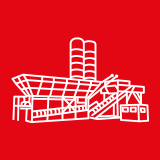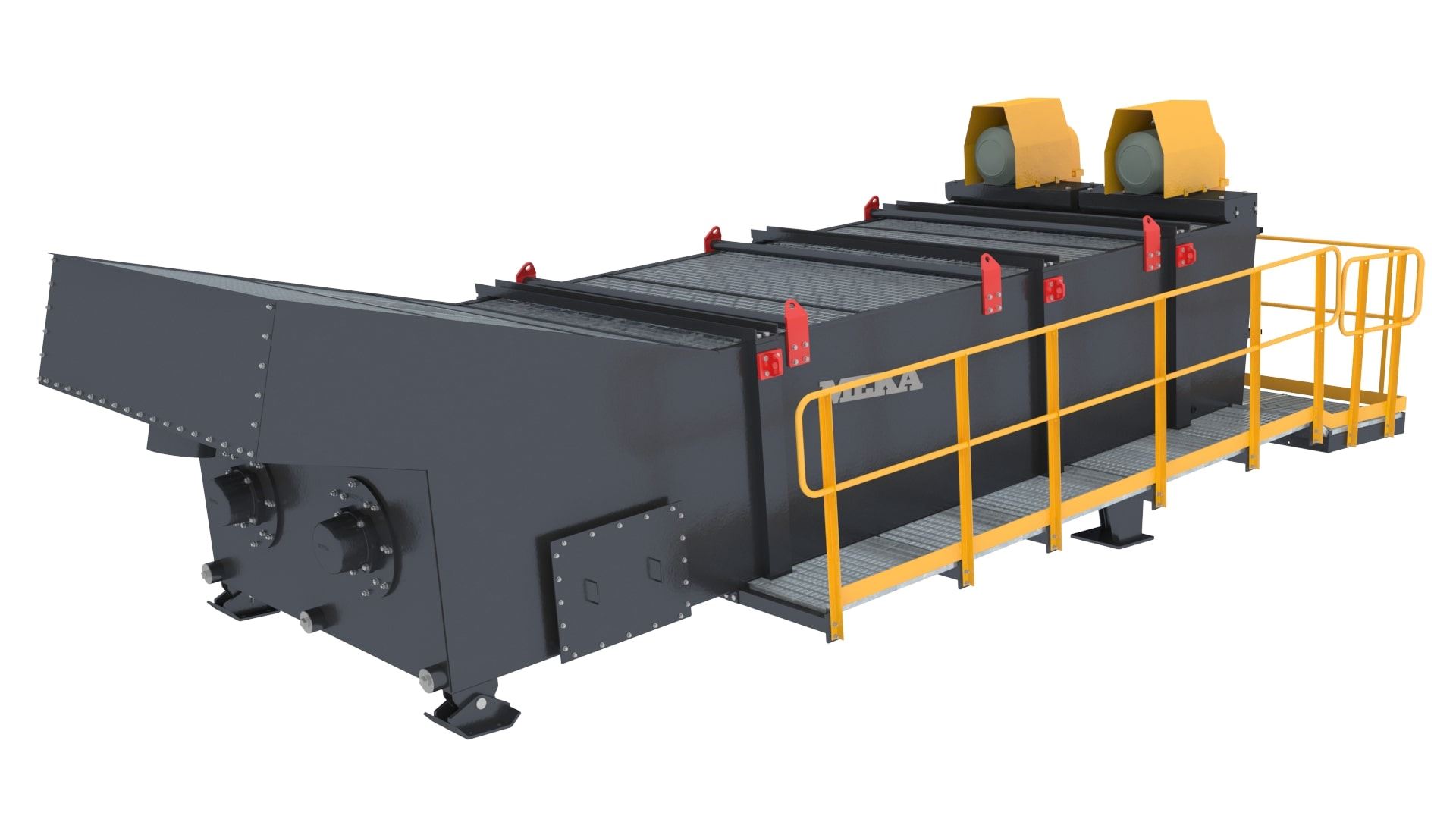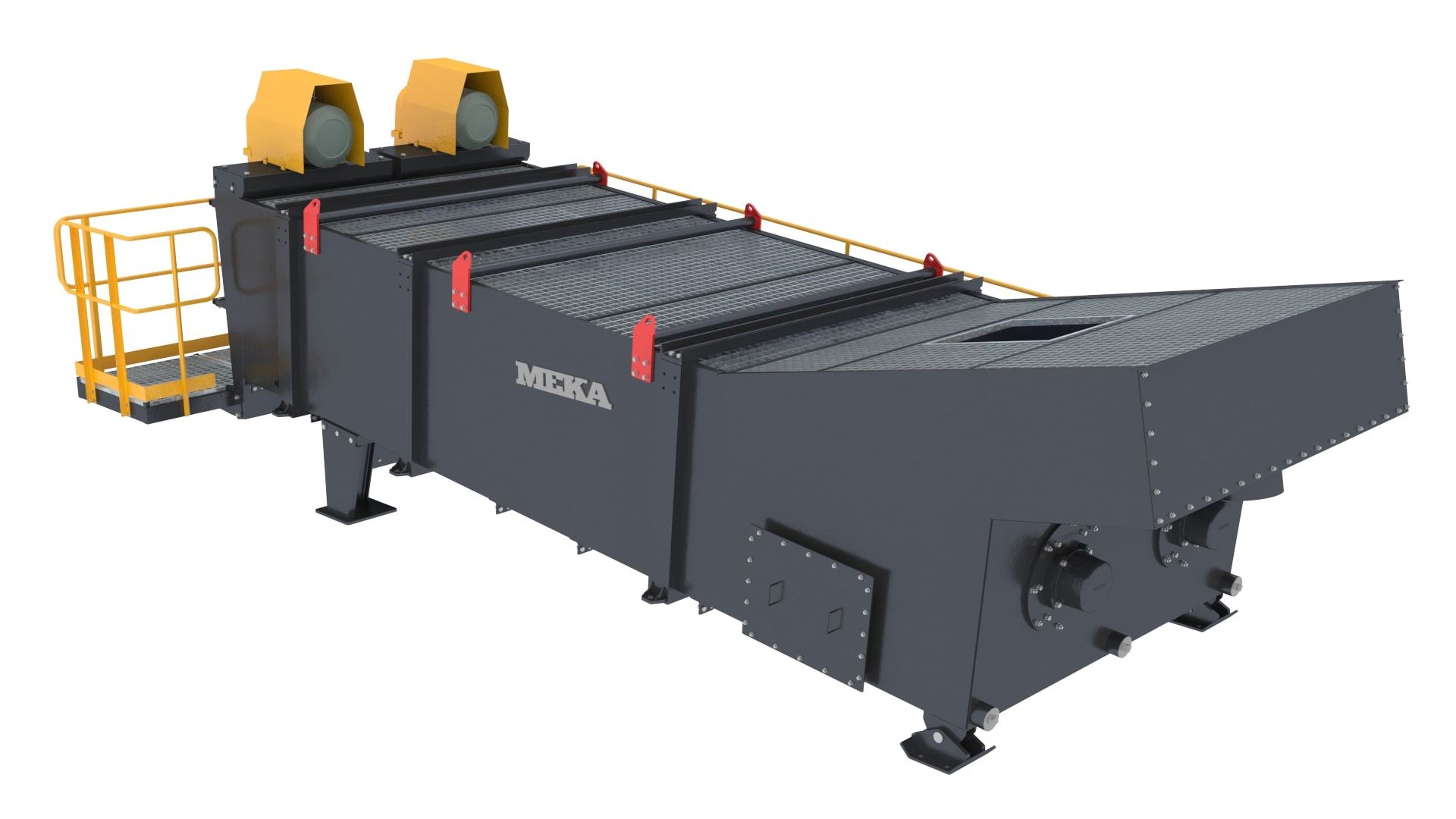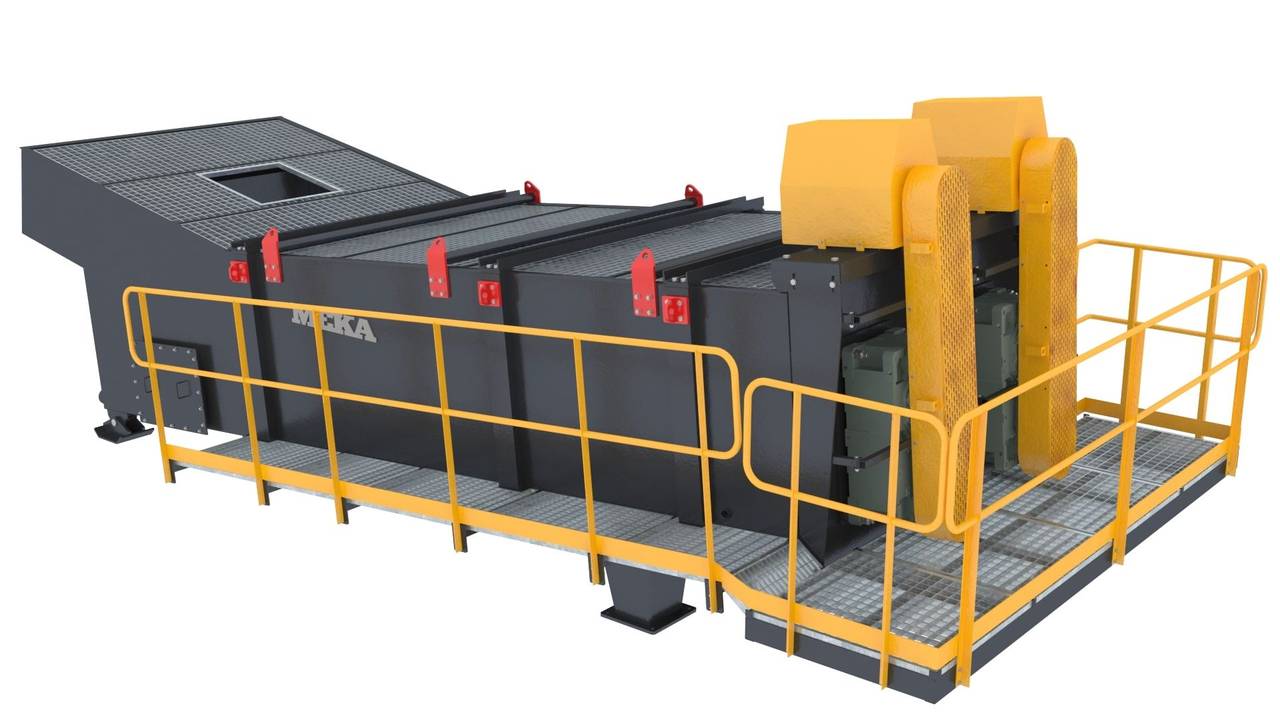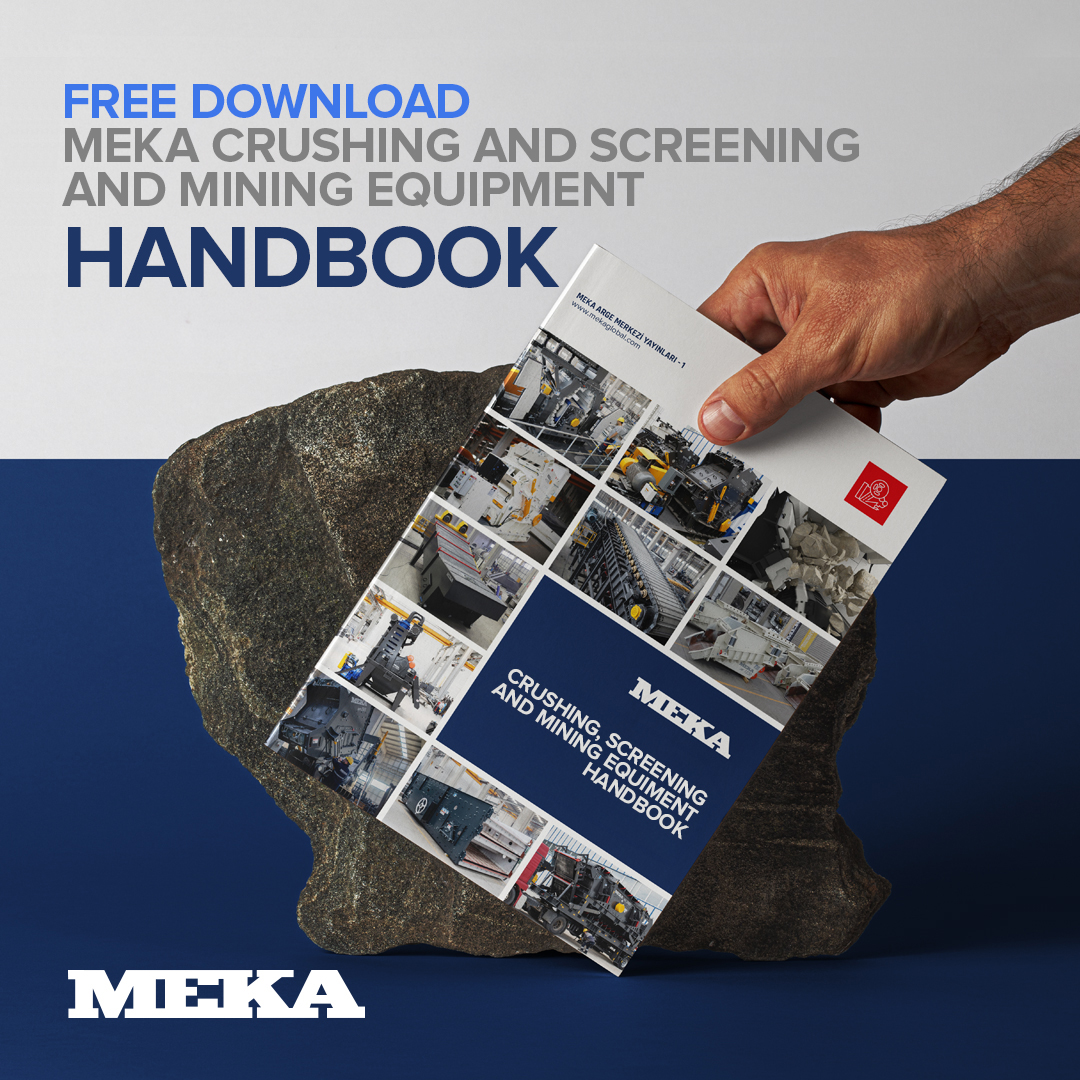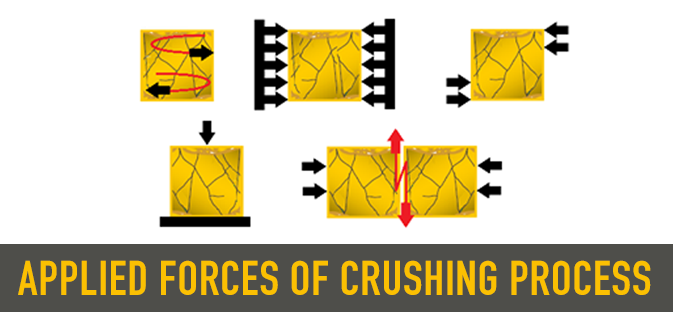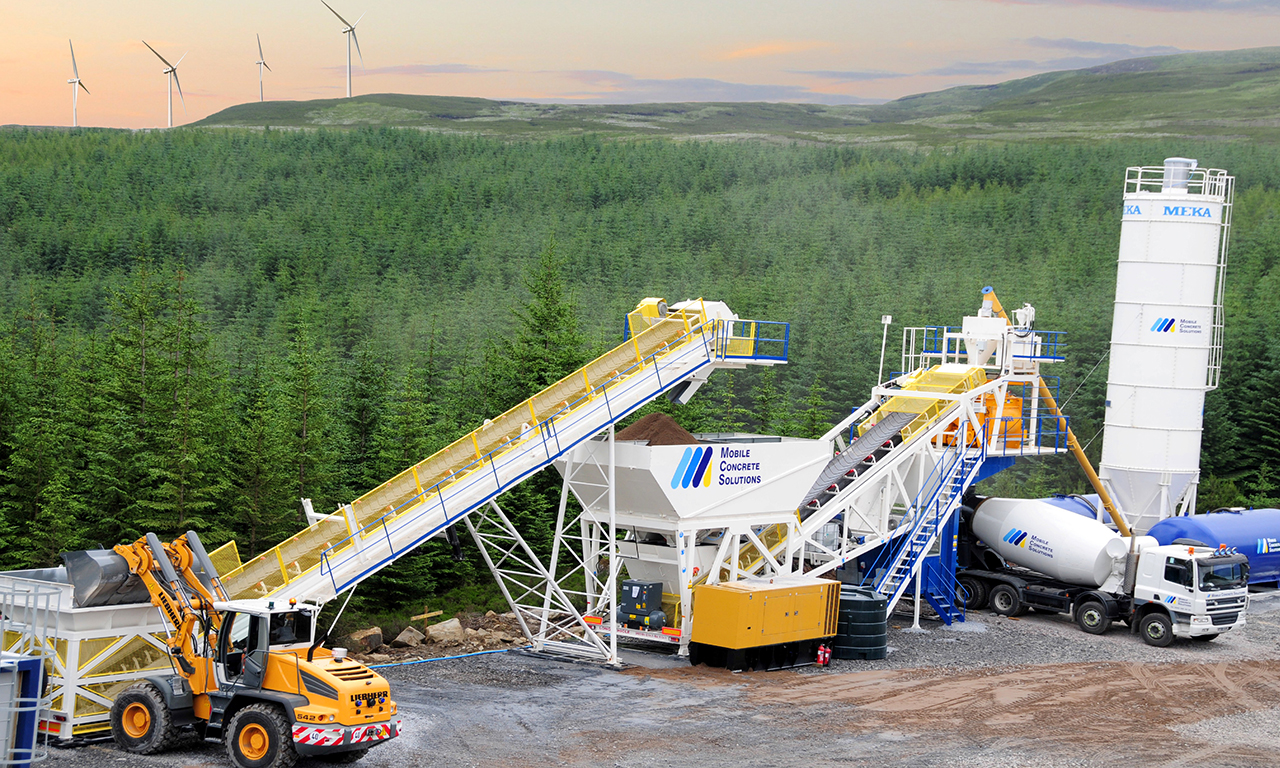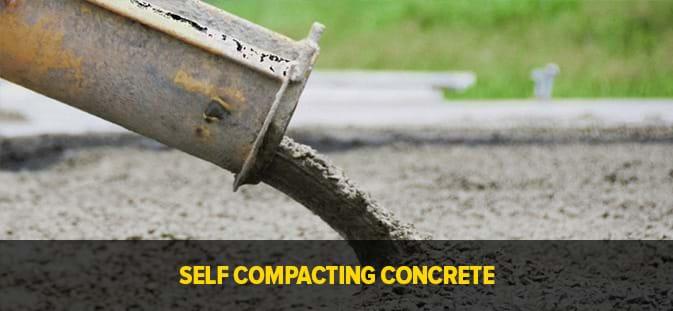What is Blade Mill? Working Principle and Advantages
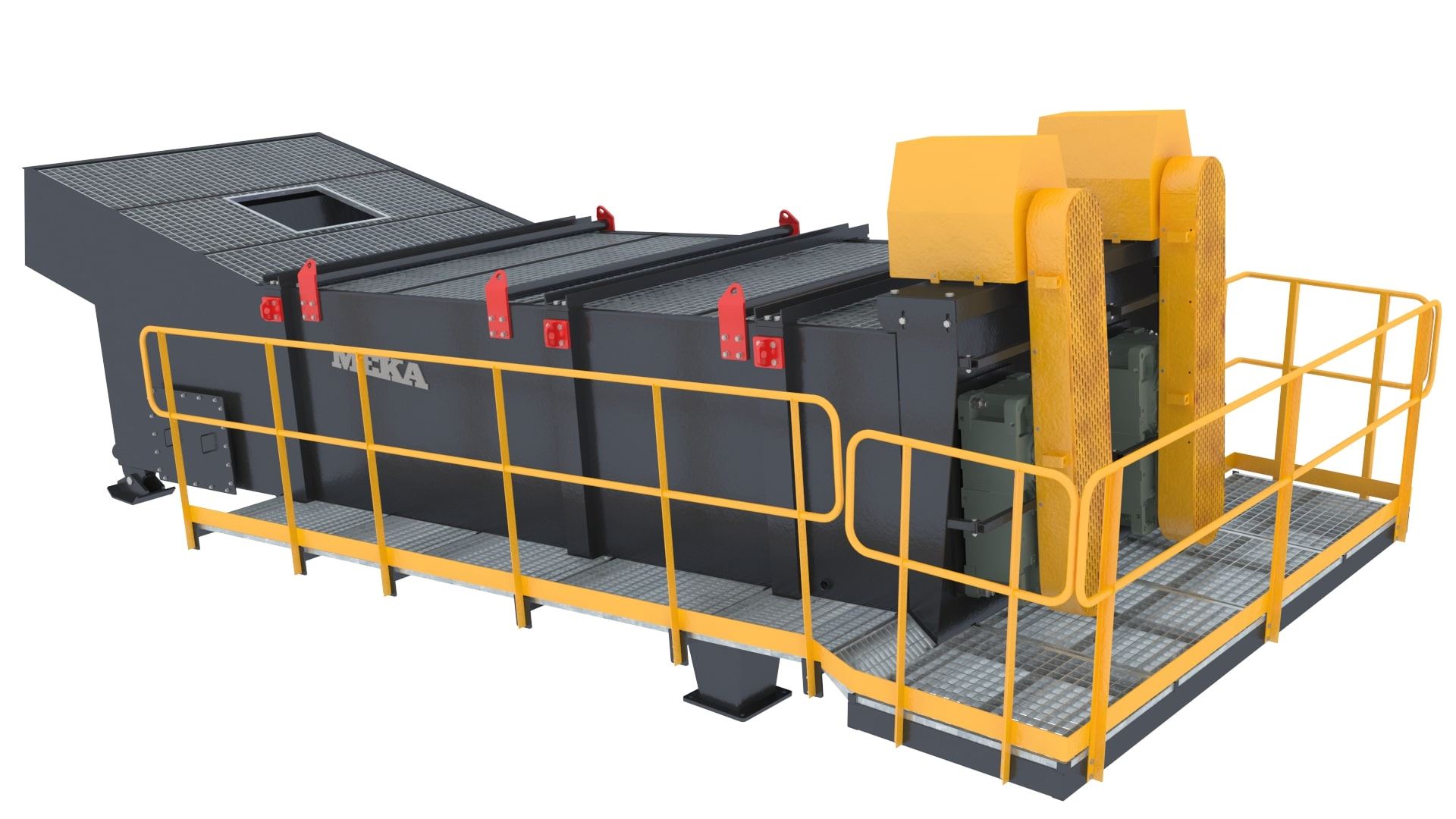
What is Blade Mill?
Blade mill is designed to separate, crush, wash and clean aggregates and crushed stones ranging in size from 0 to 75 mm from sticky clay in order to increase screening efficiency, often used before screening.
Blade mill is manufactured in different sizes as single or double shaft according to the size of the work to be done, capacity, rock size and content.
Design and Components of Blade Mill
The blade mill consists of two shafts with spiral-shaped blades and pallets rotating in a reciprocating tank. The rotating shafts are bearinged on both sides. The blades on the shaft are made of impact and friction resistant material.
Blade mill consists of the following parts:
Main body: The body is of heavy-duty design and operates at an angle of 0° to 5° to the ground. What differentiates the blade mill from other scrubbers is that the water and material are discharged together and there is no separate conveyor system for water discharge.
Shafts: Inside the tank, there are two shafts made of thick walled pipe, rotating against each other, with agitator and scraper blades and paddles.
Shaft bearings: Each shaft is bearinged on two sides of the tank in such a way that it is not affected by ambient water and allows for easy maintenance.
Movement system: The shafts in the tank are driven by a single or two electric motor-reducer system. The power and motion transfer between the motor and reducer is made by belt and pulley, and the shafts connected to the output shafts of the reducers are rotated under low speed and high torque conditions. The speed of the motion system can be changed depending on the application.
Grinding knives and pallets: Grinding knives and pallets arranged on the shaft break the material in the tank on the one hand, while on the other hand, they translate it towards the outlet. Some pallets can also be reversed to push the shaft backwards to mix the rock. Blades and pallets are made of wear-resistant cast materials.
Lubrication system: Every rotating piece of equipment needs to be lubricated. The moving parts on the reducer, especially the shaft bearings, which need regular lubrication, are lubricated at regular intervals with manual or automatic lubrication system.
What are the Advantages of Blade Mill?
Although the blade mill is similar in design to coarse material washers, it is different from them:
- In addition to washing the material, the blade mill also has the ability to separate the clay lumps by shredding them with the blades on the shaft.
- All material fed to the blade mill is washed and shredded and then transported to the next process. There is also no outlet in the body tank where the clay water overflows and leaves, all of the water and material fed into the tank is transferred to the next process.
- Blade mills operate horizontally or at low angles ranging from 0°-5°. Since there is no overflow system in the working angle and tank, the capacity can be adjusted according to the material and higher capacity can be achieved compared to the coarse material washer.
- The number and arrangement of the blades and pallets on the shaft can be changed according to the amount of soluble clay in the material to be washed.
- Since the washing process is the secondary purpose of the blade mill, a low amount of water is required for operation.
Blade Mill Working Principle
The ore fed into the tank is mixed by the pallets on the shaft, lifting and tipping the material, and the blades on the shaft grind and crush the material.
The pallets on the shafts are used to clean, abrade and break up the water-soluble clay particles found with the rocks. The effectiveness of this equipment is often increased by using pre-washing spirals or screens. Thus, it is possible to obtain clean sand or clean rock.
Blade mills can be manufactured in different sizes and designs in accordance with the specific application conditions according to the operation and ore type. Most of the time they are used with a follow-up equipment.
What should be considered when choosing a blade mill?
- The capacity should be selected according to the purpose of operation.
- Mill pallets must be made of wear-resistant material.
- The inclination and speed of the shafts must be changeable.
- There must be a system to protect the drive system and shafts from excessively hard materials in the environment.
- It should be possible to change the number and location of the grinding knives and pallets on the shafts.
Blade Mill Maintenance Practices and Common Problems and Solutions
In blade mills, the blades and pallets on the shafts inside the tank will wear out after a certain period of time due to contact with the ore. Worn equipment should be easy to replace.
Periodic maintenance of the drive elements will reduce the possibility of failure of the blade mills.
The idler side bearing of the shafts is provided with specially designed seal and gasket systems to protect the bearing and idler shaft against fluid contact.
Why Choose MEKA Blade Mill?
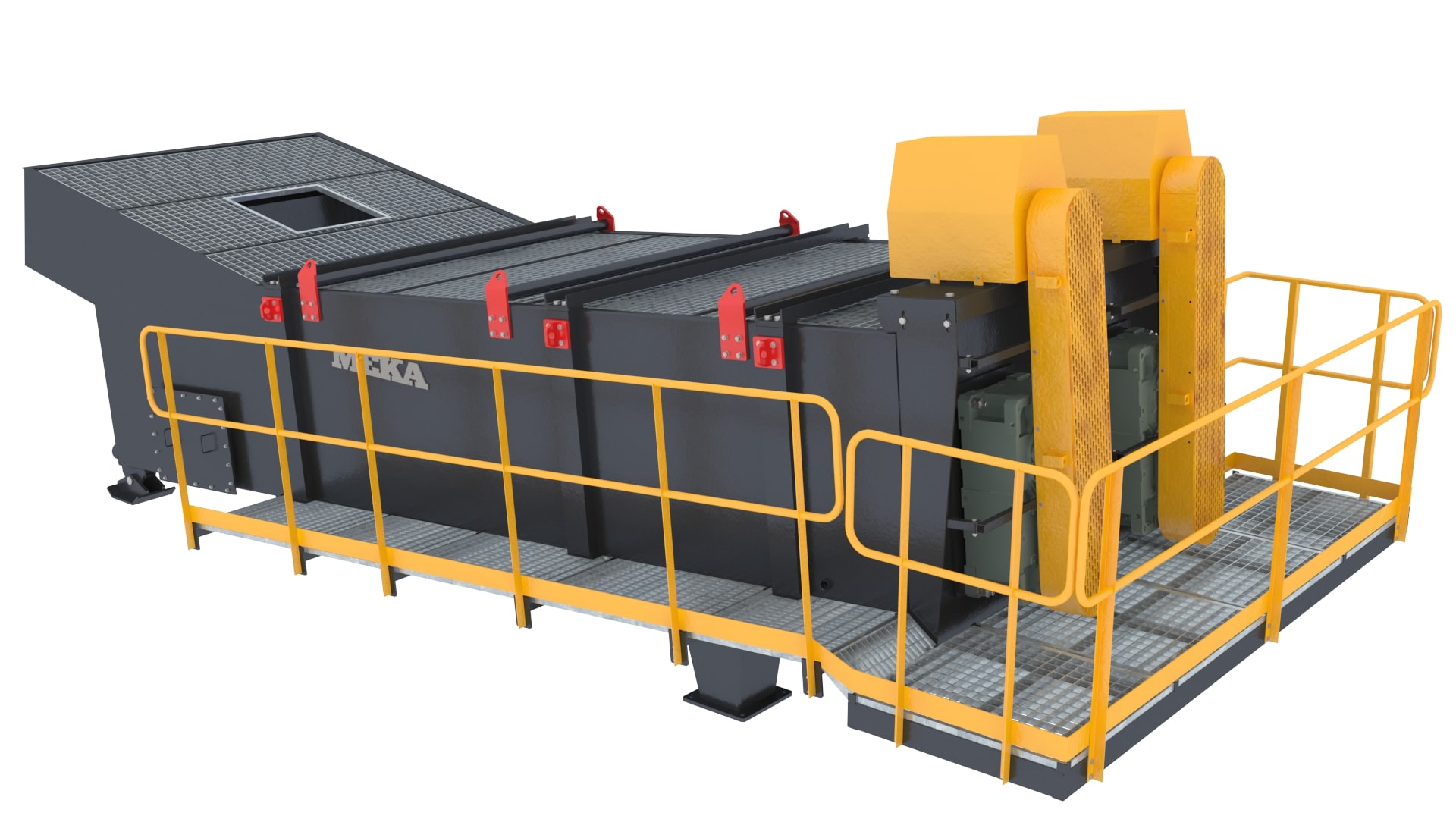
The number and shape of the blades and pallets can be changed according to the application.
Ni-Hard and chromed blades and cast pallets have a very long service life.
The heavy-duty gearbox allows the washing efficiency to increase by reducing the operating speed and extending the time the material remains in the washer.
Shafts are made of thick quality steel suitable for heavy duty working conditions.
The body tank is designed in heavy duty type for long life.
The shafts are bearing from the outside of the tank, the bearings are easy to maintain.
There is a protection system to protect moving parts against possible hard material.
Click to learn more about Blade mills.

